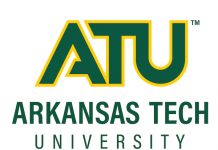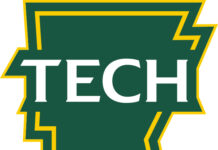The university’s strategic plan includes an action item to recognize, encourage and promote the use of co-curricular and high-impact educational practices (e.g., athletics, student research, student learning, intern-ships, research, service learning, interdisciplinary project-based courses, study abroad, learning communi-ties.) Collaborative Solutions was created with this action item in mind. This interdisciplinary course allows students from all majors to experience project-based learning and refine their problem-solving skills. Each spring semester will focus on a different topic.
Now in its second year, the Collaborative Solutions course is focusing on artificial intelligence this spring. Dr. Matt Young, professor of electrical engineering, is teaching the course.
“There is no doubt that artificial intelligence, in various ways, is already affecting all of us, every day,” said Young.
“If you have ever shopped online at Amazon, there is AI working to push content to you. Not only do I want this class to encourage communication, problem-solving, and team work, but I also want to build a conceptual understanding of AI for students. AI can seem daunting as it has its roots in a highly technical area involving mathematics, computer science, and engineering. I want to help the students get meaning from all of that to build a good working vocabulary and at least understand what AI is and what it could do in the future.”
In addition to learning about artificial intelligence, students enrolled in the course are gaining valuable ex-perience to help them in their future careers.
“Employers tell us that the top three characteristics they are looking for in new hires are the ability to communicate, to work in groups, and to solve problems,” said Dr. Julie Mikles-Schluterman, associate pro-fessor of sociology and assistant director of University Honors.
“I think employers, if they are not using AI already, are definitely looking at how to best harness it,” added Young. “My hope is that this class can help to prepare students to enter the workforce understanding what could be possible with AI.”
Upon completion of the Collaborative Solutions course, students must present their final project to their classmates and also at the annual ATU Scholarship Banquet at the end of the semester.
“Students are developing social networking skills,” said Mikles-Schluterman. “Two key aspects of the course include a mid-semester symposium and the involvement of community members and alumni by inviting anyone who wants to sit in on the class and engage with the students. As such, students can use this course as a safe space to have open discussions about important topics, while engaging with big name speakers, community members, and ATU alumni.”





